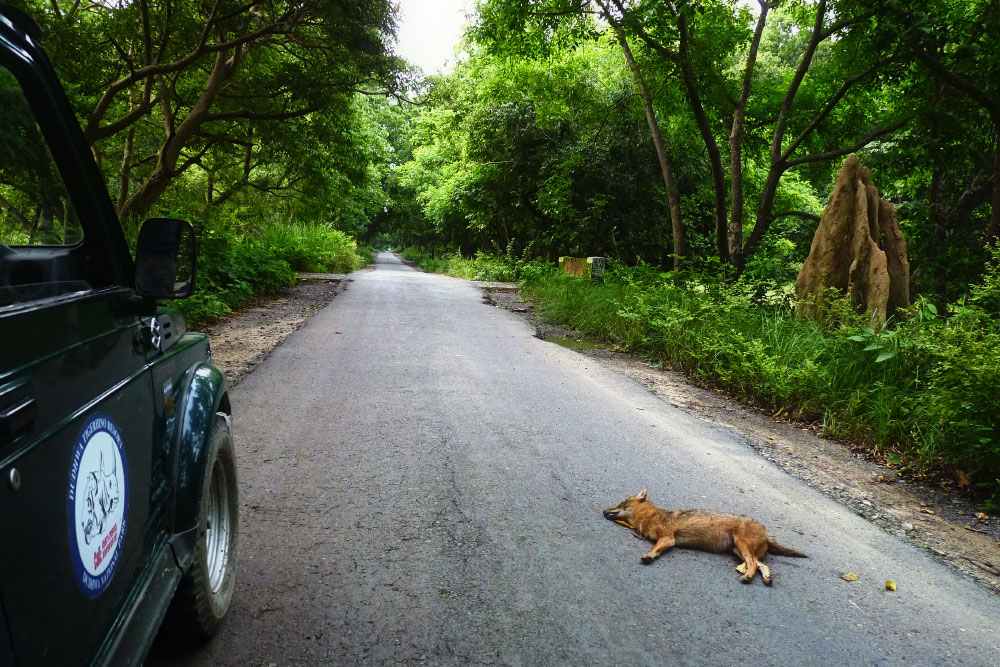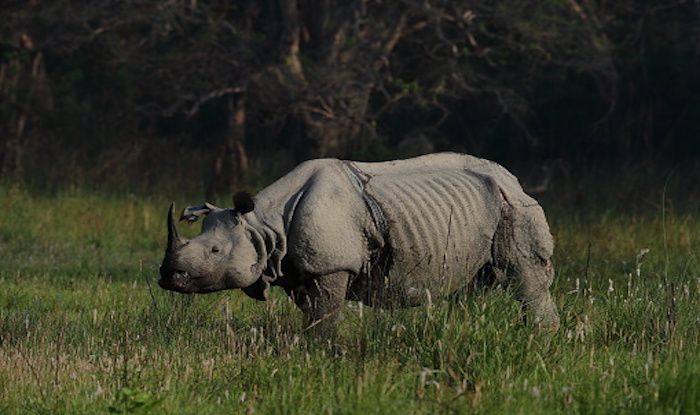BAREILLY: The rhino census in Dudhwa National Park has shown that the animal count has increased from 32 in 2017 to 39 this year. The is the first census to be conducted by scientists from Dehradun-based Wildlife Institute of India (WII) by adopting the genetic identification method to determine rhino numbers. The system involved extracting DNA cells from 89 dung samples provided by the forest department. This method is known as Rhino DNA Indexing System or RhODIS programme.
The previous census conducted by the forest department had used “head count” method.
Officials said RhODIS is a molecular approach for rhino forensics and population management as it will help in understanding genetic status of existing population for long-term conservation.
Deputy director of Dudhwa National Park, Mahavir Kaujlagi, said, “Through this programme, the identification and counting of greater one-horned rhinoceros was done. Also DNA repository of these 39 rhinos has been generated. The genetic analysis will also help in knowing probabilities of inbreeding among rhinos in future.”
Officials said DNA database of rhinos will help in dealing with poaching cases. Ramesh Pandey, field director, Dudhwa Tiger Reserve, said, “It is unique project. It will help in combating poaching by tracing back seized horns to their origin. There has been an instance when a case was cracked due to adoption of this method. After forest officials in Assam seized a horn of a rhino, they traced it to a rhino of Jaldapara National Park in West Bengal due to the DNA repository maintained by WII.”
Apart from Dudhwa National Park, the RhODIS programme has been adopted in Assam’s Manas National Park, Orang National Park, Kaziranga National Park and Pobitora Wildlife Sanctuary and in West Bengal’s Gorumara National Park and Jaldapara National Park.
Observation on Roadkills in Dudhwa National Park
by Siddharth Edake

A series of re-alignments and inclusion of appropriate animal passages has already been suggested by a joint group but urgent efforts are required to execute the plans to save India’s dwindling wildlife.
This picture highlights roadkill of a Golden Jackal (Canis aureus) observed inside Dudhwa National Park in Uttar Pradesh. The metal road that lies on the Indo-Nepal border is about 26 km long from Dudhwa gate to Gauri Phanta (Last village on India’s side) and is open to vehicular traffic from approximately 6 am to 7 pm. The road is quite busy during the day with large transport trucks, tempos and buses crossing the International border from either side.
During our recent visit to Dudhwa, we observed a number of dead frogs, snakes and even mammals (Indian Palm Squirrel and Small Indian Civet) at dusk as we were returning from Dhangadhi (Major town in Nepal) after our work. Though the forest department has put barricades and has issued strict guidelines on speed limit, we didn’t see the commuters adhering to them. In fact, honking of bikes and overtaking of trucks on a single lane highway seemed a common sight.
A series of re-alignments and inclusion of appropriate animal passages has already been suggested by a joint group comprising the Uttar Pradesh State Forest Department, Public Works Department (PWD) and various conservation groups for the upcoming Indo-Nepal border road (also known as SSB road) within India. However, urgent efforts are required to execute the well-thought out plans to save India’s dwindling wildlif

